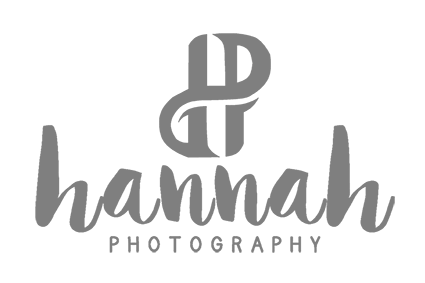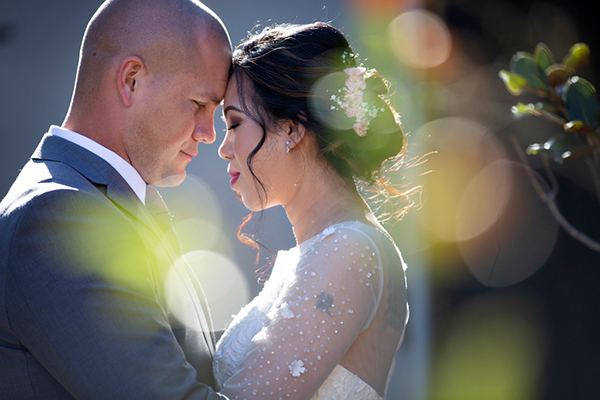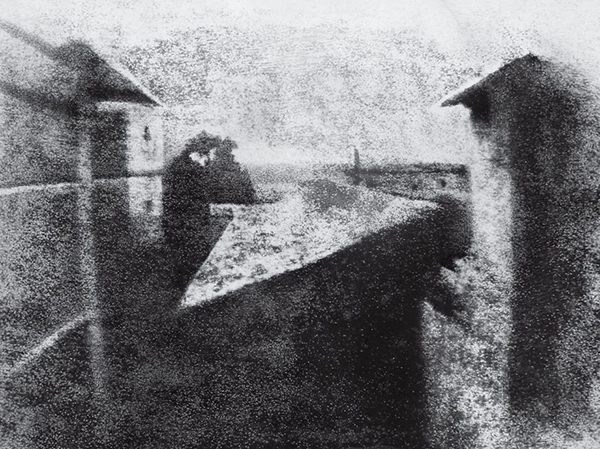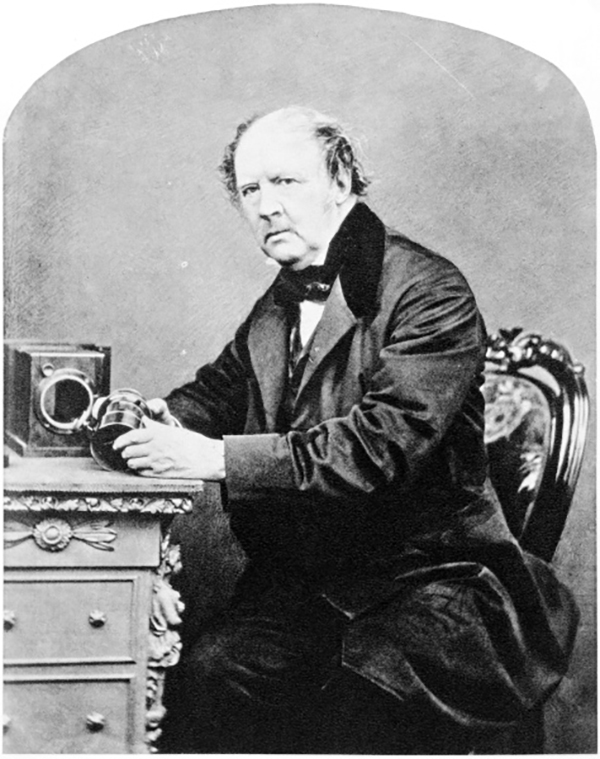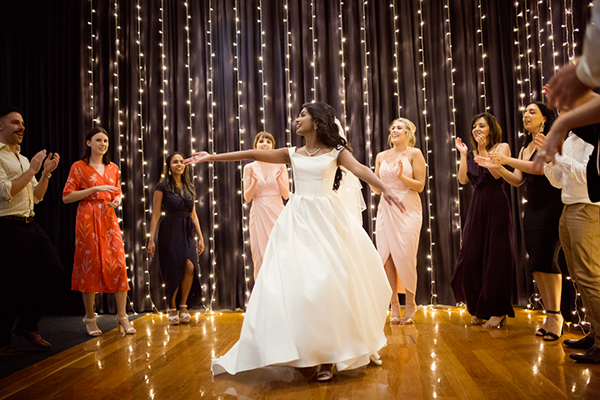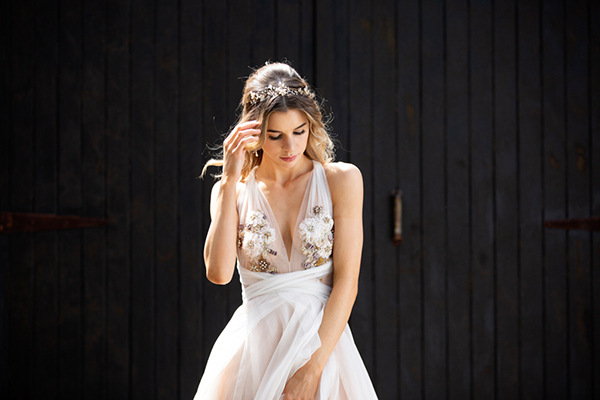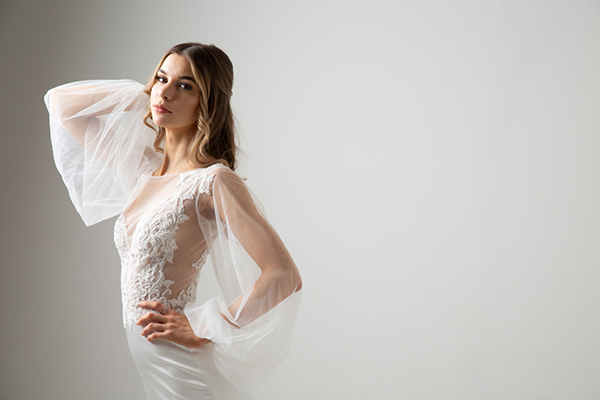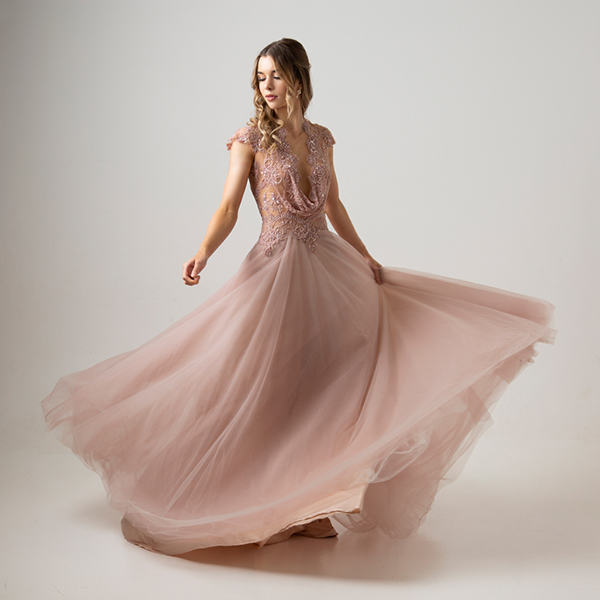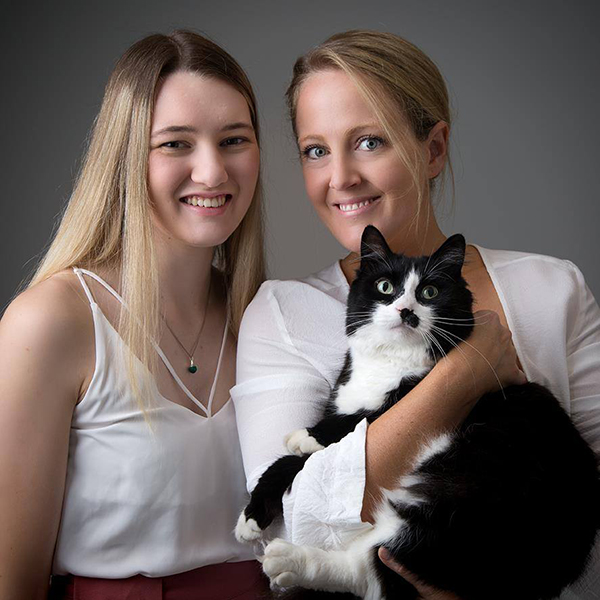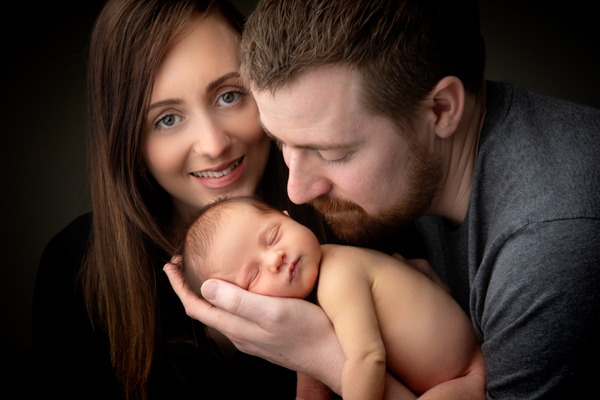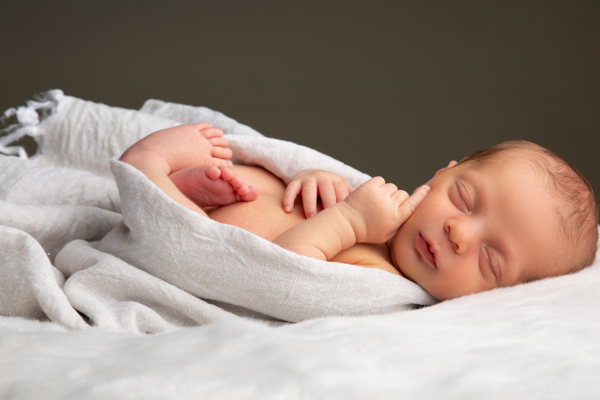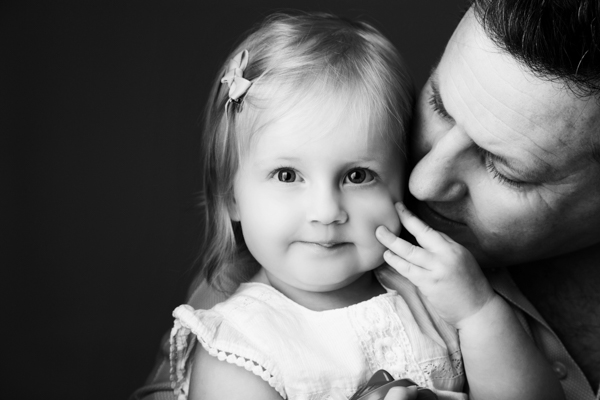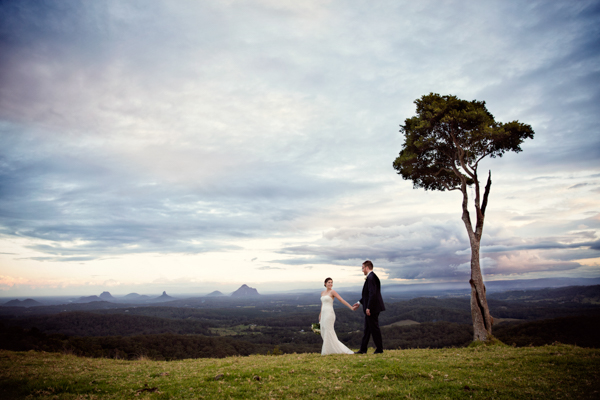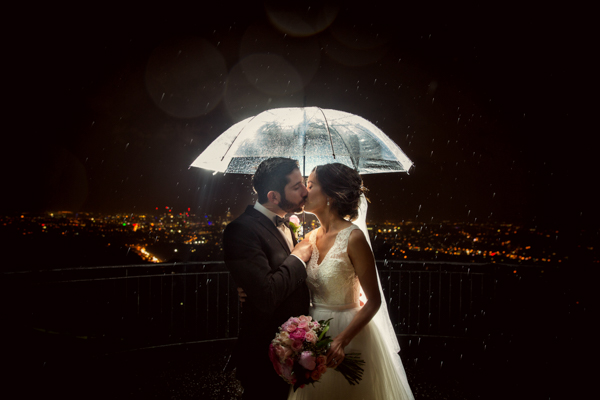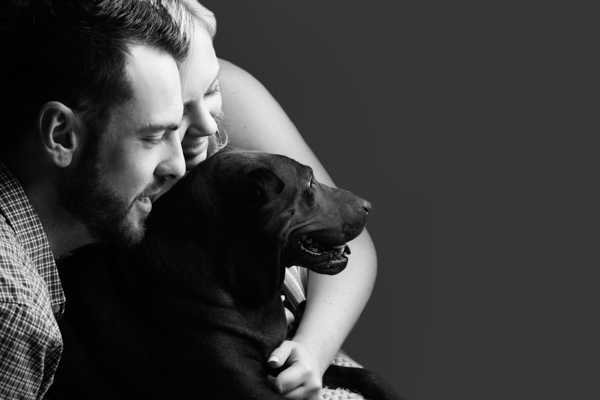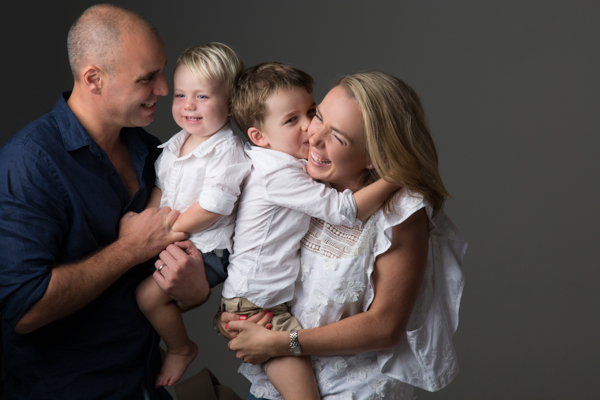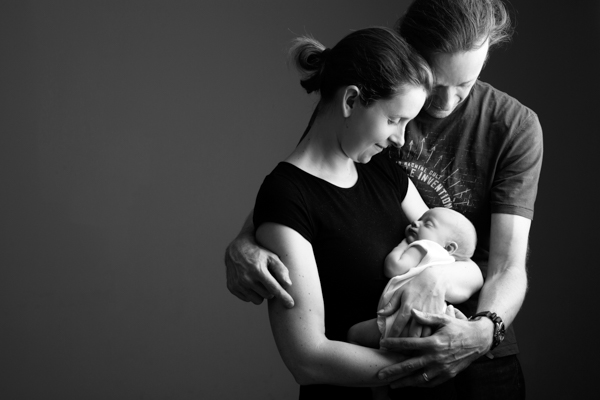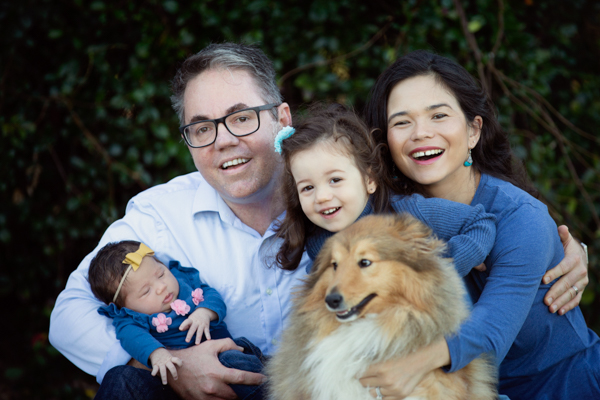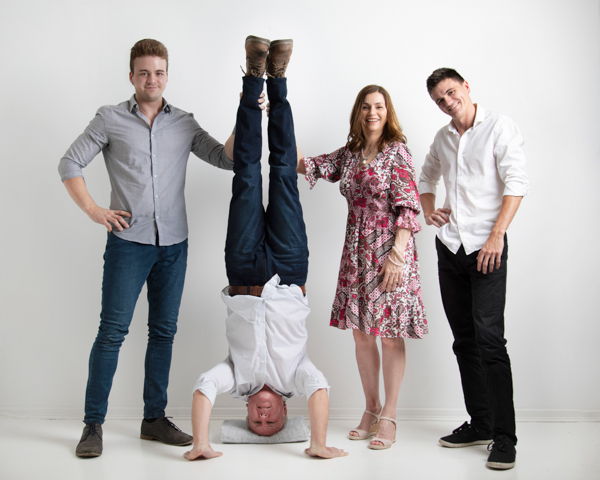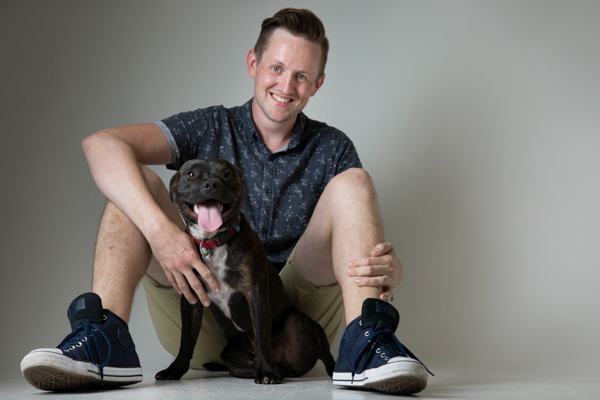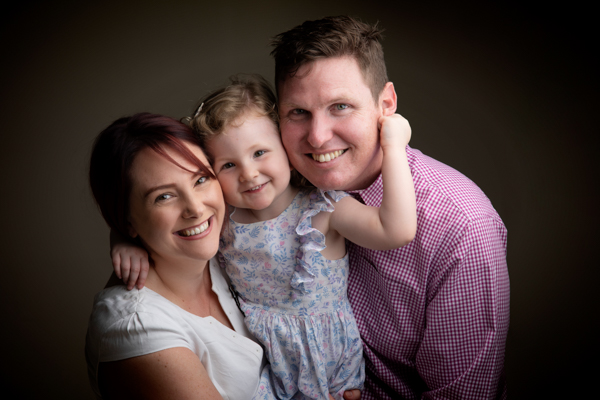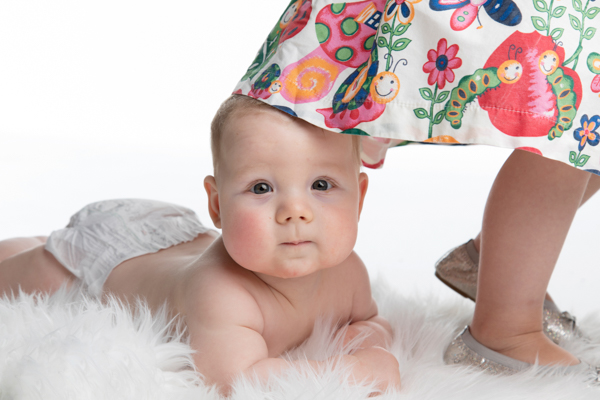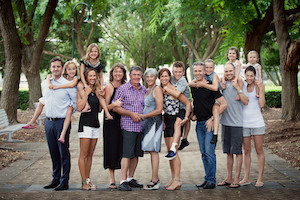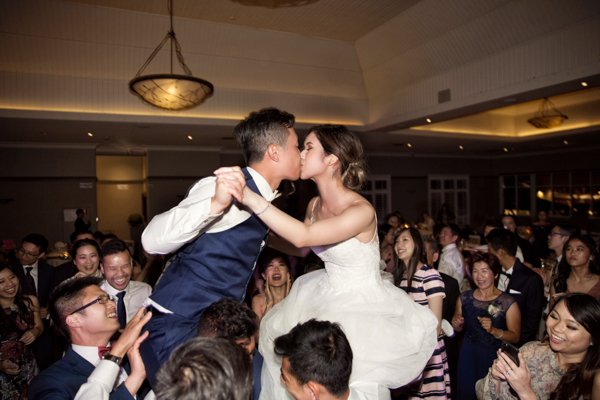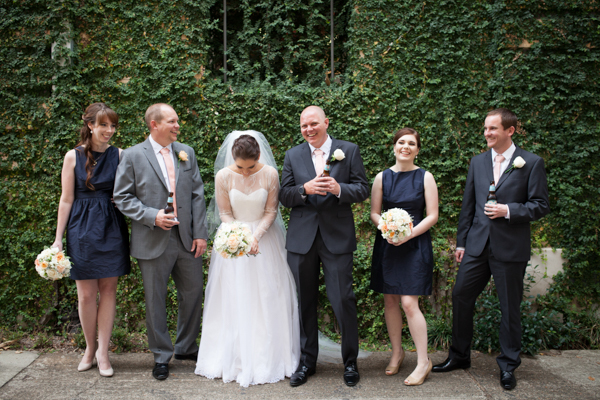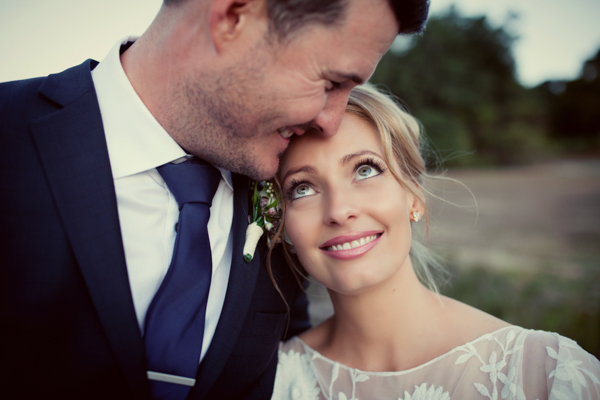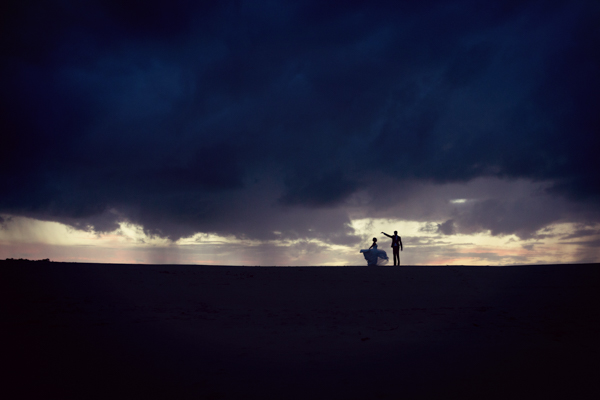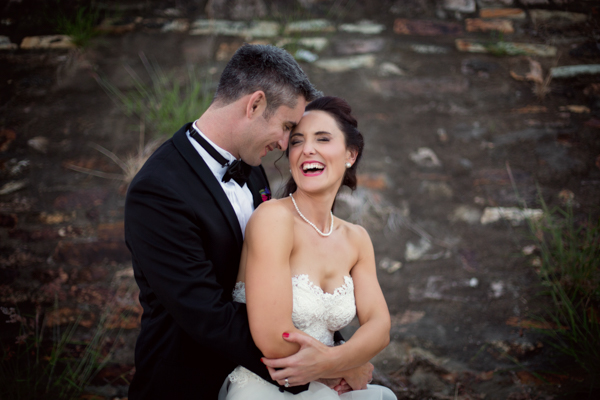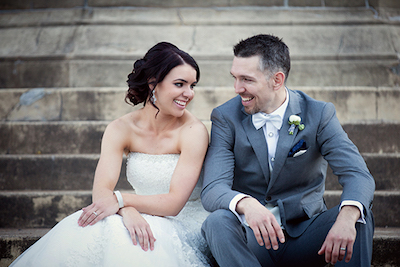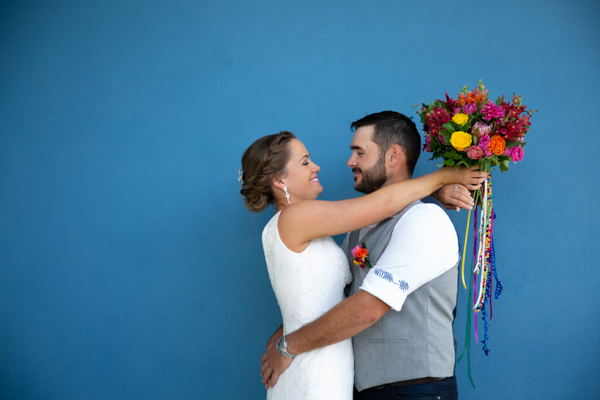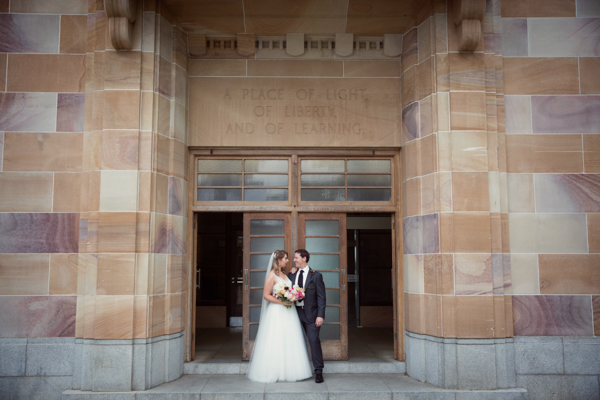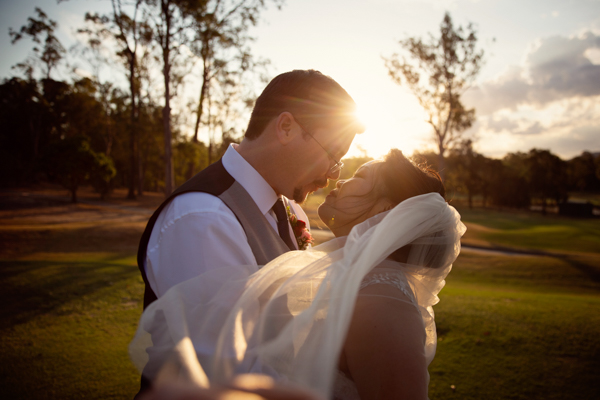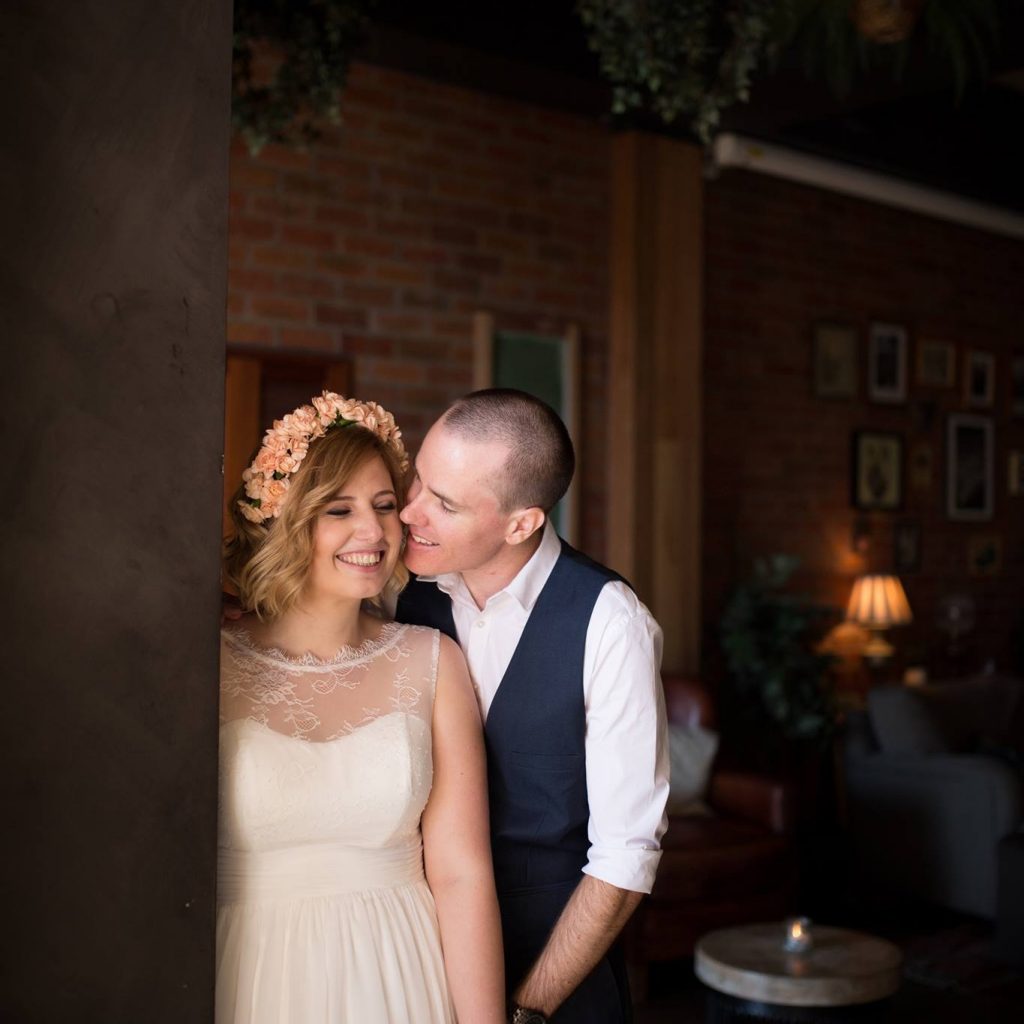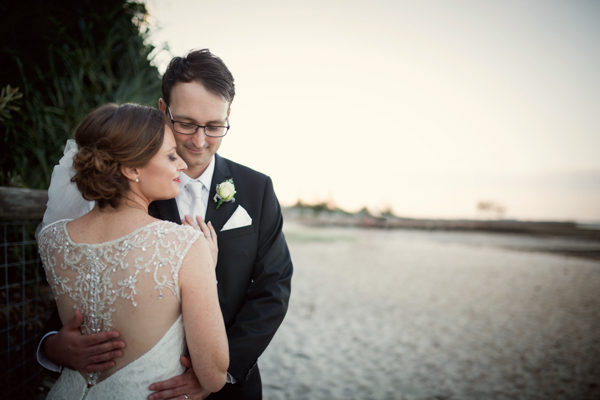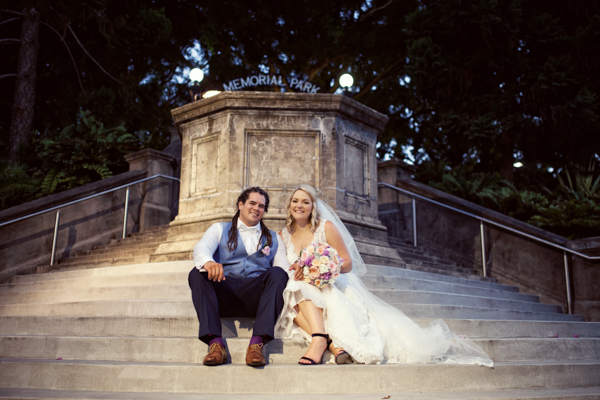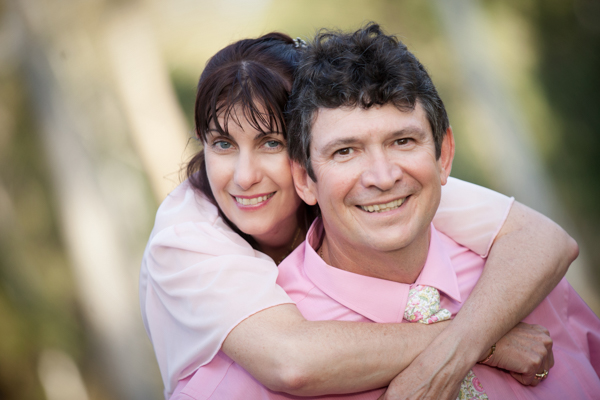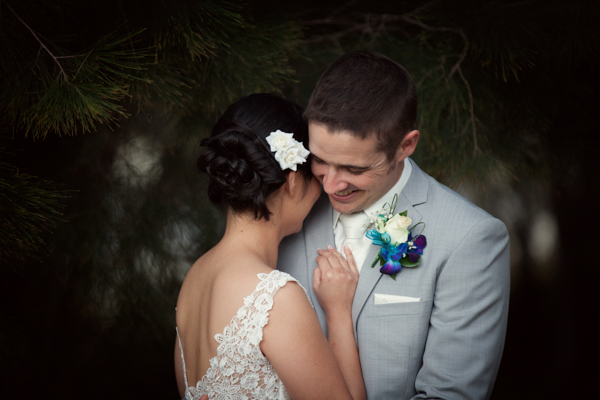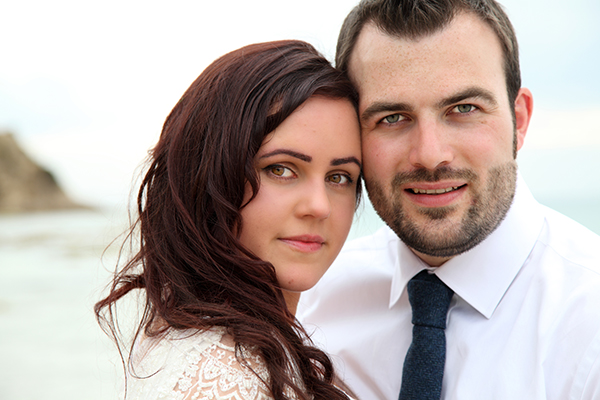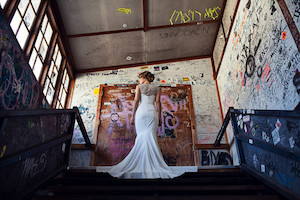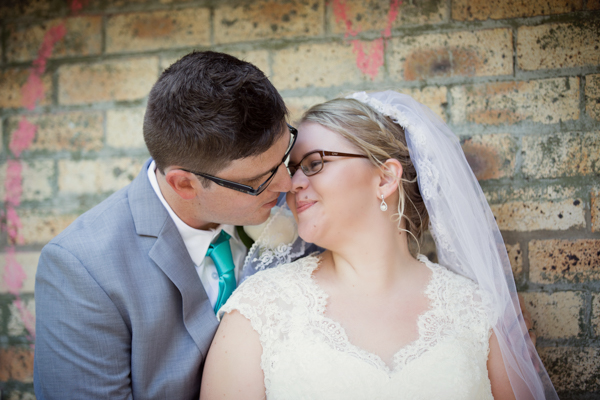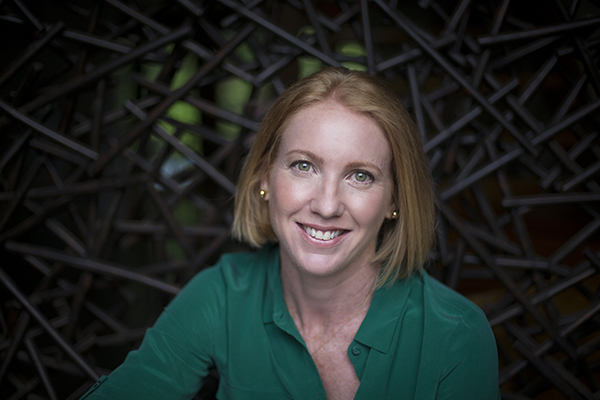Workshop Wednesdays Vol.XIX
Workshop Wednesdays vol. XIX
Creative photography is an art, however, creating a photograph is science. Have you ever stopped to think just how it is that a scene in front of your eyes can magically be captured through a device and replicated onto a sheet of film, paper or digital medium? In such an image-saturated world, it’s easy to become complacent and take for granted the science behind such technology. Don’t even get me started on how we can look at our phones and talk in real time to someone that is on the other side of the world!! It’s crazy! And amazing! This week we want to explore the science of photography, how exactly it all works and how to create a few science experiments of your own, including how to make your very own pinhole camera. Time to get your nerd on!!!
Tip 1
“The science of photography refers to the use of science, such as chemistry and physics, in all aspects of photography. This applies to the camera, its lenses, physical operation of the camera, electronic camera internals, and the process of developing film in order to take and develop pictures properly.” SOURCE
Random Fact
SOURCE
In The News
Photograph: Christian Bruna/EPA
Photo For Thought
View From The Window At Le Gras, Joseph Nicéphore Niépce, 1826
“It took a unique combination of ingenuity and curiosity to produce the first known photograph, so it’s fitting that the man who made it was an inventor and not an artist. In the 1820s, Joseph Nicéphore Niépce had become fascinated with the printing method of lithography, in which images drawn on stone could be reproduced using oil-based ink. Searching for other ways to produce images, Niépce set up a device called a camera obscura, which captured and projected scenes illuminated by sunlight, and trained it on the view outside his studio window in eastern France. The scene was cast on a treated pewter plate that, after many hours, retained a crude copy of the buildings and rooftops outside. The result was the first known permanent photograph. It is no overstatement to say that Niépce’s achievement laid the groundwork for the development of photography. Later, he worked with artist Louis Daguerre, whose sharper daguerreotype images marked photography’s next major advancement.”
SOURCE
Iconic Photographers
Louis-Jacques-Mandé Daguerre
18 November 1787 – 10 July 1851),
Better known as Louis Daguerre, was a French artist and photographer, recognized for his invention of the daguerreotype process of photography. He became known as one of the fathers of photography. Though he is most famous for his contributions to photography, he was also an accomplished painter and a developer of the diorama theatre.
In the mid-1820s, prior to his association with Daguerre, Niépce used a coating of bitumen of Judeato make the first permanent camera photographs. The bitumen was hardened where it was exposed to light and the unhardened portion was then removed with a solvent. A camera exposure lasting for hours or days was required. Niépce and Daguerre later refined this process, but unacceptably long exposures were still needed.
After the death of Niépce in 1833, Daguerre concentrated his attention on the light-sensitive properties of silver salts, which had previously been demonstrated by Johann Heinrich Schultz and others. For the process which was eventually named the daguerreotype, he exposed a thin silver-plated copper sheet to the vapour given off by iodine crystals, producing a coating of light-sensitive silver iodide on the surface. The plate was then exposed in the camera. Initially, this process, too, required a very long exposure to produce a distinct image, but Daguerre made the crucial discovery that an invisibly faint “latent” image created by a much shorter exposure could be chemically “developed” into a visible image. Upon seeing the image, the contents of which are unknown, Daguerre said, “I have seized the light – I have arrested its flight!”[3]
The latent image on a daguerreotype plate was developed by subjecting it to the vapour given off by mercury heated to 75 °C. The resulting visible image was then “fixed” (made insensitive to further exposure to light) by removing the unaffected silver iodide with concentrated and heated salt water. Later, a solution of the more effective “hypo” (hyposulphite of soda, now known as sodium thiosulfate) was used instead.[4]
The resultant plate produced an exact reproduction of the scene. The image was laterally reversed—as images in mirrors are—unless a mirror or inverting prism was used during exposure to flip the image. To be seen optimally, the image had to be lit at a certain angle and viewed so that the smooth parts of its mirror-like surface, which represented the darkest parts of the image, reflected something dark or dimly lit. The surface was subject to tarnishing by prolonged exposure to the air and was so soft that it could be marred by the slightest friction, so a daguerreotype was almost always sealed under glass before being framed (as was commonly done in France) or mounted in a small folding case (as was normal in the UK and US).
Daguerreotypes were usually portraits; the rarer landscape views and other unusual subjects are now much sought-after by collectors and sell for much higher prices than ordinary portraits. At the time of its introduction, the process required exposures lasting ten minutes or more for brightly sunlit subjects, so portraiture was an impractical ordeal. Samuel Morsewas astonished to learn that daguerreotypes of the streets of Paris did not show any people, horses or vehicles, until he realized that due to the long exposure times all moving objects became invisible. Within a few years, exposures had been reduced to as little as a few seconds by the use of additional sensitizing chemicals and “faster” lenses such as Petzval‘s portrait lens, the first mathematically calculated lens.
The daguerreotype was the Polaroid film of its day: it produced a unique image which could only be duplicated by using a camera to photograph the original. Despite this drawback, millions of daguerreotypes were produced. The paper-based calotype process, introduced by Henry Fox Talbot in 1841, allowed the production of an unlimited number of copies by simple contact printing, but it had its own shortcomings—the grain of the paper was obtrusively visible in the image, and the extremely fine detail of which the daguerreotype was capable was not possible. The introduction of the wet collodion process in the early 1850s provided the basis for a negative-positive print-making process not subject to these limitations, although it, like the daguerreotype, was initially used to produce one-of-a-kind images—ambrotypes on glass and tintypes on black-lacquered iron sheets—rather than prints on paper. These new types of images were much less expensive than daguerreotypes, and they were easier to view. By 1860 few photographers were still using Daguerre’s process.
The same small ornate cases commonly used to house daguerreotypes were also used for images produced by the later and very different ambrotype and tintype processes, and the images originally in them were sometimes later discarded so that they could be used to display photographic paper prints. It is now a very common error for any image in such a case to be described as “a daguerreotype”. A true daguerreotype is always an image on a highly polished silver surface, usually under protective glass. If it is viewed while a brightly lit sheet of white paper is held so as to be seen reflected in its mirror-like metal surface, the daguerreotype image will appear as a relatively faint negative—its dark and light areas reversed—instead of a normal positive. Other types of photographic images are almost never on polished metal and do not exhibit this peculiar characteristic of appearing positive or negative depending on the lighting and reflections.
Interesting story…
“The story of the world’s most iconic travel guides begins with Tony and Maureen Wheeler’s overland odyssey from London to Australia, an adventure that prompted them to publish their first guidebook – Across Asia on The Cheap – and found Lonely Planet.”
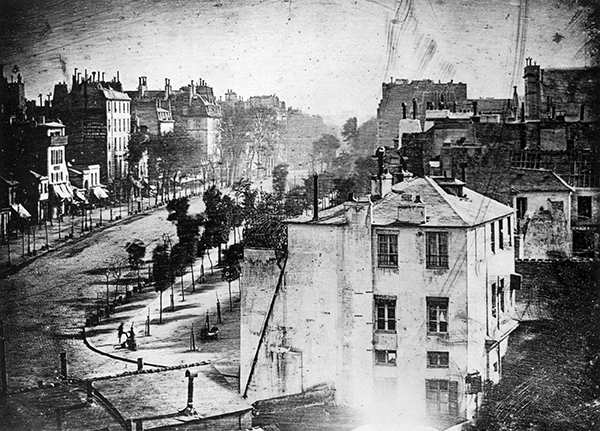 “Boulevard du Temple“, taken by Daguerre in 1838 in Paris, includes the earliest known candid photograph of a person. The image shows a busy street, but because the exposure had to continue for several minutes the moving traffic is not visible. At the lower left, however, a man apparently having his boots polished, and the bootblack polishing them, were motionless enough for their images to be captured.
“Boulevard du Temple“, taken by Daguerre in 1838 in Paris, includes the earliest known candid photograph of a person. The image shows a busy street, but because the exposure had to continue for several minutes the moving traffic is not visible. At the lower left, however, a man apparently having his boots polished, and the bootblack polishing them, were motionless enough for their images to be captured.
Henry Fox Talbot
“Unbeknownst to either inventor, Daguerre’s developmental work in the mid-1830s coincided with photographic experiments being conducted by Henry Fox Talbot in England. Talbot had succeeded in producing a “sensitive paper” impregnated with silver chloride and capturing small camera images on it in the summer of 1835, though he did not publicly reveal this until January 1839. Talbot was unaware that Daguerre’s late partner Niépce had obtained similar small camera images on silver-chloride-coated paper nearly twenty years earlier. Niépce could find no way to keep them from darkening all over when exposed to light for viewing and had therefore turned away from silver salts to experiment with other substances such as bitumen. Talbot chemically stabilized his images to withstand subsequent inspection in daylight by treating them with a strong solution of common salt.
When the first reports of the French Academy of Sciences announcement of Daguerre’s invention reached Talbot, with no details about the exact nature of the images or the process itself, he assumed that methods similar to his own must have been used, and promptly wrote an open letter to the Academy claiming priority of invention. Although it soon became apparent that Daguerre’s process was very unlike his own, Talbot had been stimulated to resume his long-discontinued photographic experiments. The developed out daguerreotype process only required an exposure sufficient to create a very faint or completely invisible latent image which was then chemically developed to full visibility. Talbot’s earlier “sensitive paper” (now known as “salted paper”) process was a printed out process that required prolonged exposure in the camera until the image was fully formed, but his later calotype (also known as talbotype) paper negative process, introduced in 1841, also used latent image development, greatly reducing the exposure needed, and making it competitive with the daguerreotype.
Daguerre’s agent Miles Berry applied for a British patent just days before France declared the invention “free to the world”. Great Britain was thereby uniquely denied France’s free gift, and became the only country where the payment of license fees was required. This had the effect of inhibiting the spread of the process there, to the eventual advantage of competing processes which were subsequently introduced. Antoine Claudet was one of the few people legally licensed to make daguerreotypes in Britain. Daguerre’s pension was relatively modest—barely enough to support a middle-class existence—and apparently this British “irregularity” was allowed to pass without adverse consequences or much comment outside of the UK.[5][6]“
Tip 2
So how do digital camera sensors record light?
“On a digital camera sensor, there are millions of pixels (a 1MP sensor has 1,000,000 pixels). Each pixel has a photosite, a cavity that is uncovered when you press the shutter release button. At the end of an exposure, the camera closes each photosite and works out how many photons fell in to each cavity. The camera then determines the intensity of each pixel, depending on how many photons were in the photosite.
However, each small cavity can’t distinguish how much of each color has fallen in, so the sensor can only record gray scale images. To record color pictures, a filter called a Bayer mosaic is placed over the sensor.
The Bayer mosaic filter only allows light of a certain color to reach each cavity. The Bayer mosaic consists of three colors of small filter – red, green and blue. There are twice as many green filters in a Bayer mosaic to accurately reflect the way the human eye sees color – it is more sensitive to green light. The array only passes the intensity of one of the three colors in each cavity to the sensor. Once all of the colors are put together, an image is made.”
SOURCE
Tip 3
HP TIP: TRY THIS REALLY FUN PROJECT ON THE SCHOOL HOLIDAYS!
“The world is a wondrous and magical place plagued by the disease of familiarity. Individuals speed past amazing feats of manifested imagination, too focused on their final destination. The forest of steel and glass rising many stories above us fades into the background. Yet I find myself continually staring skyward in awe, due in large part a product of my childhood. I spent three years, from the ages of nine through twelve, living in a poorer section of Pune, India. The slums were my neighbors. I played cricket with many who called those tiny shacks home. Those memories demand me to stop and attempt to comprehend the magic surrounding us disguised as daily life.
The pinhole camera captures images that match the realized imagination that I see. The standard camera lens is replaced with a tiny hole. A lens’s sharp focus and selective depth of field is traded for an infinite soft hazy focus. The dreamy qualities can be enhanced to a Van Gogh/impressionistic level or downplayed to an almost realism. Reality is converted back into a dream and captured on film.
No memory cards. No preview screen. No computer calculating the appropriate exposure. Just a manual shutter and counting seconds off in my head. Images are crafted by light and chemistry. Each roll of film is developed by hand. Ruined film is the price of lessons learned. To borrow a phrase from the great designer, Frank Chimera, pinhole photography is “the long hard stupid way” to create a beautiful image. But it’s my long hard stupid way. “
Our Story of the Week
Isn’t it truly inspiring to witness a business launch, grow, thrive then flourish? Nikki and Mark from Gossip Gowns, have been steadily taking over the world with their unique gown boutique in Norman Park. We’ve had the pleasure of photographing a number of events, and styled shoots over the past five years and the latest of which was curated by the beautiful Karen who is in charge of White, by Gossip Gowns. Along with Belle (such an amazing model!) and a selection of some of their exclusive and exquisite dresses – we had an absolute ball in the studio for this shoot! Both Karen and Belle were amazing to work with (despite a traumatic life event happening the morning of the shoot!) – so professional, warm and fun and we cannot wait for the next one! X
Thank you for getting this far! We hope it’s been a worthwhile read for you and we’ll look forward to checking in next week.
Please call or email anytime if we can help.
Best Wishes,
The Hannah Photography Team:
Hannah, Olivia, Nic (and Charlie the Cat)

